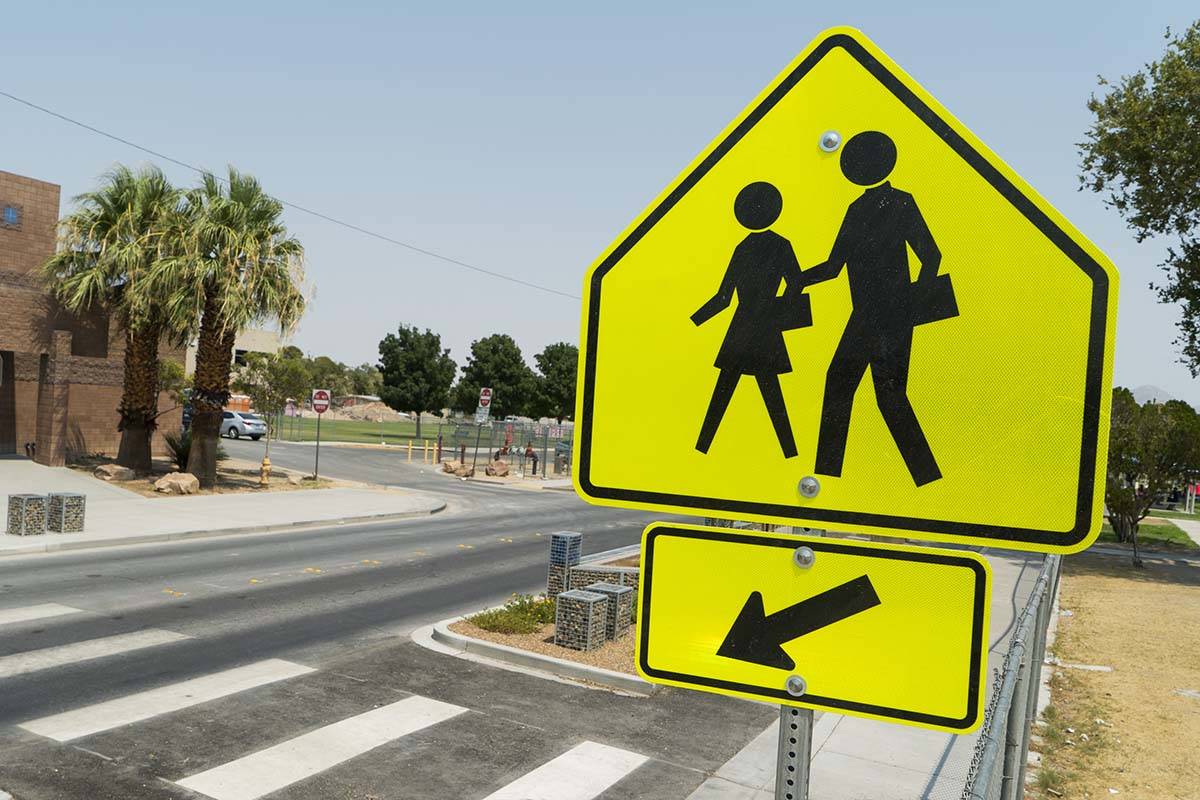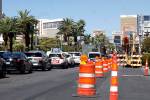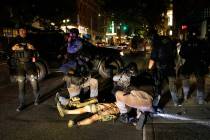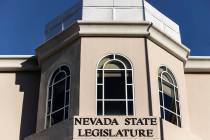COMMENTARY: Nevada’s schools must open for in-person learning
As counties in Nevada grapple with myriad precautions to safely reopen schools, one thing is certain: They must reopen.
Schools have been closed since March 16, and the only viable alternative has been distance education. But this alternative has not been a good one for many students.
According to a report from the the Las Vegas-based Guinn Center, census data shows that 10 percent of Nevada households with children aged 6 to 17 do not have internet access and nearly 16 percent do not have a computing device suitable for distance education. There are also the households with internet access, but not the right capacity needed to participate in virtual sessions.
On its website, the Clark County School District acknowledged in May that 68 percent of students do not have access to digital devices or appropriate internet connectivity to fully engage in distance learning.
As usual, certain racial groups and the poor have been hit the hardest. The Pew Research Center recently cited how students nationally faced a digital “homework gap” during the school closures this spring. The majority of those surveyed reporting the greatest challenges faced either African-American or households with annual incomes of less than $30,000.
Despite best efforts to garner and distribute devices to needy households and upgrade connectivity to support distance learning, the divide is simply too wide to overcome in the near future.
But the near future is all that matters when talking about educating today’s students. Assuming schools open on time in August, the learning dip for many students will be an atrocious five months long. And thanks to the digital divide, teachers will face a very uneven playing field. While the future may be bright for distance education, it’s not a near-term solution.
Opening up schools on time and with a focus on educating first is paramount to student success. While the blended model currently proposed for Clark County students may be the necessary first step back to normalcy, it allows only for two days a week at school. If a similar model is implemented for Washoe County, distance education may constitute the majority of instruction for at least 80 percent of all students in Nevada when they return to school in August.
Yet the risk of dangerous infections among healthy children remains very low. In its June 6 Weekly Surveillance Summary, the Centers for Disease Control and Prevention posted the following: For children (0-17 years), cumulative COVID-19 hospitalization rates are much lower than cumulative influenza hospitalization rates at comparable time points during recent influenza seasons.
Of course, there are other factors to consider, such as the risks to older populations and those with underlying health conditions. But short of proven dangers that would dictate otherwise, schools must reopen to the fullest extent possible. The future of today’s students is in the balance.
Michael Raponi is a freelance writer in Carson City. Contact via email at michael.raponi@outlook.com.





























